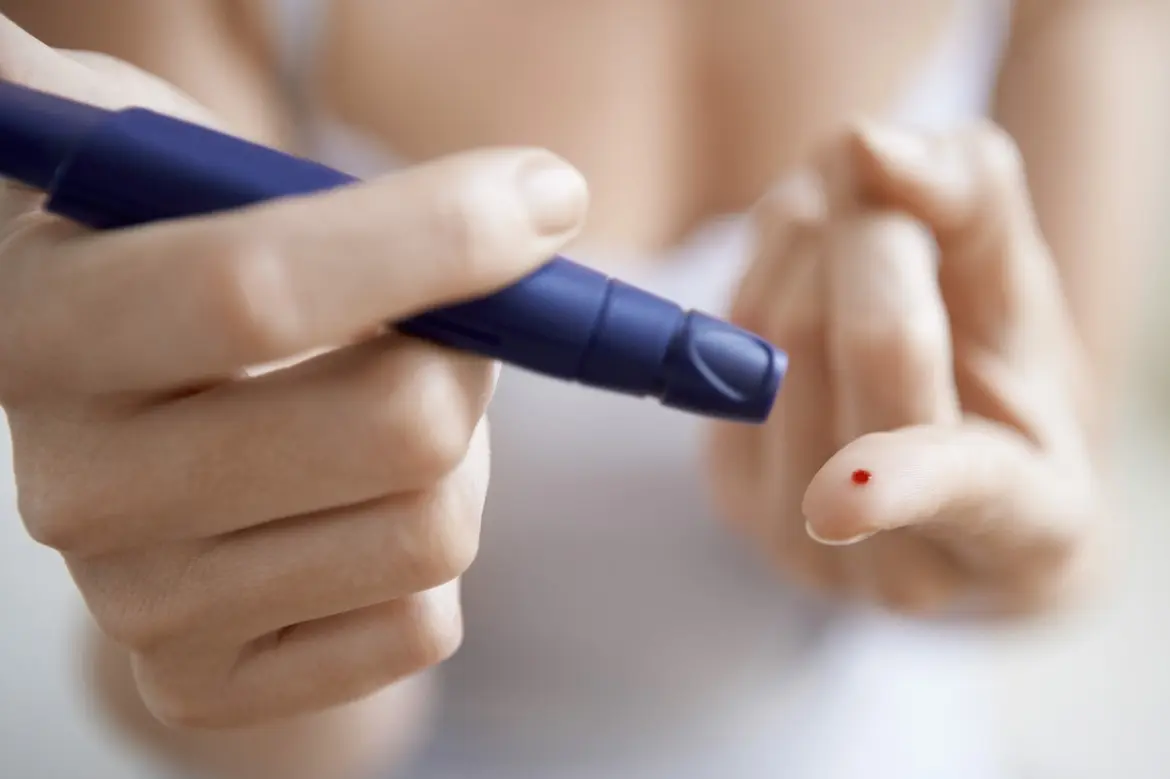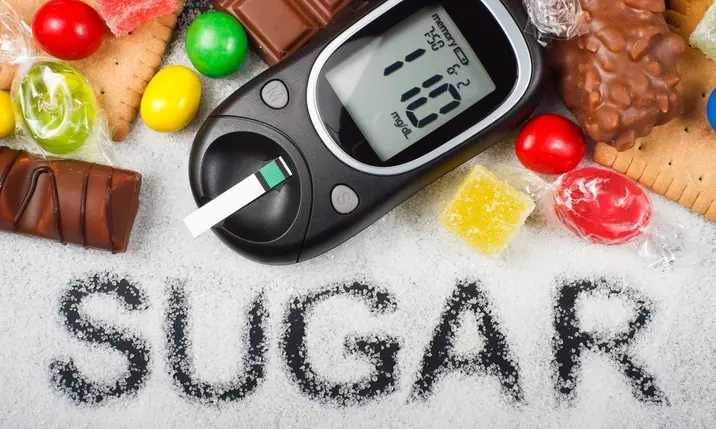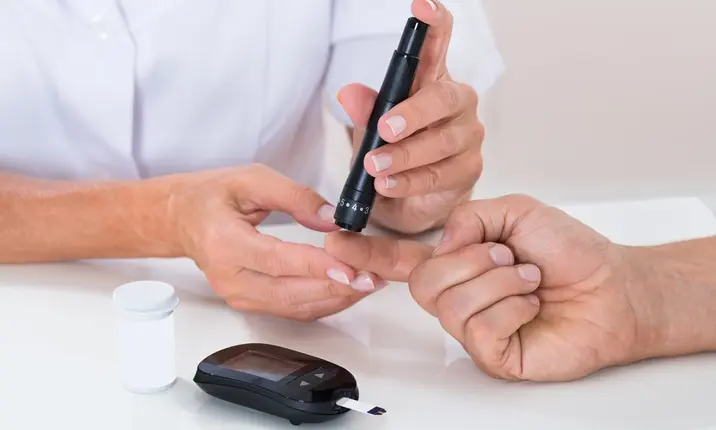In Singapore, 1 in 9 people has diabetes. In people aged 60 – 69, this number is 1 in 3. The prevalence of diabetes has been increasing throughout the years, along with obesity. If you think you may have diabetes, always consult a doctor.
What exactly is diabetes and how can it be managed?
What is diabetes?
Diabetes is a condition where there is excess sugar, known as glucose, in the blood. This excess sugar leads to increased risk of various organ damage such as:
- Eyes – including blindness
- Kidneys – about 50% of the patients in Singapore on kidney dialysis have diabetes
- Nerve – including numbness on the feet and risk of injury to it
- Foot infection and various other infections
- Heart disease and death
- Stroke and death
What is the problem in diabetes?
At the heart of it, the problem lies with a deficiency of insulin. This can be relative or absolute. Insulin is the hormone that governs the fate of the glucose and is produced by the pancreas, a leaf-like gland in the region of the stomach. Glucose is the fuel that keeps the body and cells moving. Insulin is the hormone that is the key to open the door to allow glucose to enter the cells and be used as fuel.
In Type 1 diabetes, the patient has no insulin. They have absolute insulin deficiency. Insulin has to be added to their body in order for them to survive.
In Type 2 diabetes, the issue lies with insulin resistance. With increasing obesity, there is a corresponding increase in the resistance to insulin. This increased resistance makes insulin less effective and hence the term relative insulin resistance. In the early stages of Type 2 diabetes, oral medications can be used to great effect. However, as time and the disease progresses, the pancreas might not produce so much insulin anymore and the patient might tip into absolute insulin deficiency where insulin has to be added in order to maintain good control of the diabetes.
How do you diagnose diabetes?
Knowing how to diagnose diabetes is important. A National Health Survey carried out in 2010 revealed that about 50% of diabetes patients in Singapore were not aware that they had diabetes.
A diagnosis of diabetes is made if:
- Fasting glucose of ≫ 7.0 mmol/L
- 2 hours post a 75g glucose tolerance test of ≫ 11.1 mmol/L
- Random glucose of ≥ 11.1 mmol/L
Management of diabetes
The management of diabetes should be both comprehensive and customised for the particular patient. There is no one management plan that fits everyone.
Comprehensive
To manage diabetes is to manage all the consequences that can arise from diabetes, not just the glucose levels.
There are screening tests that easily allow us to detect if the organs that are at risk for patients with diabetes have been affected. These tests should be carried out regularly.
Customised
There are millions of people who are suffering from diabetes and no two are identical. Their disease is a contribution of both genes and environment, which in this case is the resistance to insulin that arises from obesity.
Depending on the circumstances of the patient and the various other diseases that the patient is suffering from, customisation has to be done for the overall long-term control of diabetes (measured as the Hba1c), and the medication that will best sit the particular patient.
With advancing technology, more drugs have been discovered to act on complementary aspects of diabetes. In addition to controlling the sugars, they might have additional benefits such as preserving the function of the pancreas as well as weight loss.
Hence, the initiation of drugs and which drugs to use ought to be discussed between the doctor and the patient to select the most appropriate one for the patient.
For the management of chronic diseases, drugs should go hand in hand with proper nutrition. Since the body cannot handle carbohydrates efficiently, it would be good to cut down on the percentage of carbohydrates in the diet to about 50% of overall daily nutrition.
If you need further advice on how to treat and manage diabetes, speak to a specialist.














